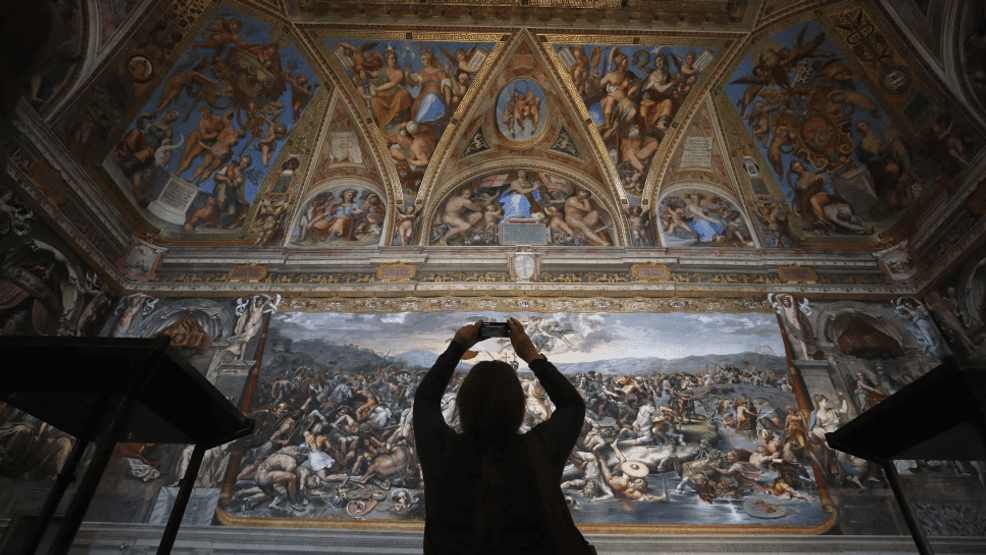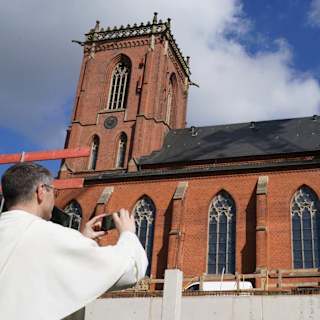- Groundbreaking Technical Discoveries
- Unfinished Vision
- Jubilee Year Significance
The Vatican Museums on Thursday unveiled the final restored Raphael Room following a decade-long conservation project that revealed previously unknown painting techniques used by the Renaissance master and rewrote parts of art history.
The Room of Constantine, the largest of four spectacularly frescoed reception rooms in the Apostolic Palace, emerged from scaffolding with discoveries that Vatican Museums director Barbara Jatta said fundamentally change understanding of Raphael's experimental methods. "With this restoration, we rewrite a part of the history of art," Jatta told reporters.

Restorers uncovered evidence that Raphael had pioneered a novel mural technique using oil paint directly on walls rather than traditional fresco methods. The restoration team discovered a grid of metal nails embedded in the walls, which chief restorer Fabio Piacentini said were intended to hold a natural resin surface that Raphael planned to paint onto1.
Two female allegorical figures representing Justice and Courtesy were identified as authentic Raphael works painted with his experimental oil technique, confirming 16th-century reports that the artist had tested this method in the papal apartments12. "The technique used and planned by Raphael was truly experimental for the time, and has never been found in any other mural made with oil paint," Piacentini said1.
Raphael died on April 6, 1520, at age 37, before completing the ambitious room dedicated to Emperor Constantine, whose embrace of Christianity spread the faith throughout the Roman Empire12. His students finished the remaining frescoes using traditional techniques, unable to master Raphael's oil method1.
Pope Julius II had commissioned the then-25-year-old Raphael in 1508 to decorate his new private apartments, launching one of the High Renaissance's most important artistic projects alongside Michelangelo's Sistine Chapel ceiling23.
The restoration's completion coincides with the Vatican's 2025 Jubilee year, when millions of pilgrims are expected to visit Rome. The Raphael Rooms, which rival the Sistine Chapel as peaks of Renaissance artistry, are now free of scaffolding for increased visitor access12.
The four rooms - including the famous School of Athens - represent a collaborative effort between Raphael and his workshop that continued after his death until 15243. Previous restorations of other rooms revealed similar artistic mysteries, including work on the Room of Heliodorus completed in 2013 after more than a decade of conservation4.
"Today is a way that we can in some way share [beauty] with the entire world … thanks to Raphael," Jatta said5.



